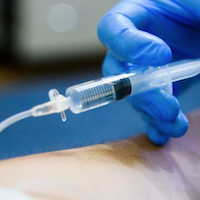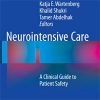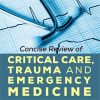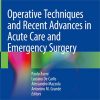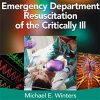High-risk Pulmonary Embolism in the ICU
link.springer.com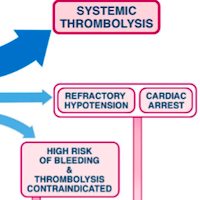
According to the European guidelines, high-risk pulmonary embolism (PE) is defined as PE associated with hemodynamic instability, including sustained hypotension, cardiogenic shock and/or cardiac arrest.
High-risk PE is the deadliest presentation of acute PE, with a case fatality rate ranging from 22 to 65% in case of cardiac arrest.
In acute PE, mechanical obstruction of pulmonary vasculature along with vasoconstriction due to the release of vasoactive mediators by endothelial cells and platelets, result in sudden right venticular (RV) afterload increase.
This leads to RV muscle stretch, as reflected by increases in N-terminal pro b-type natriuretic peptide (NTproBNP) and troponin levels, increased RV contractility through neuro-humoral activation, dilatation, and eventually failure.


